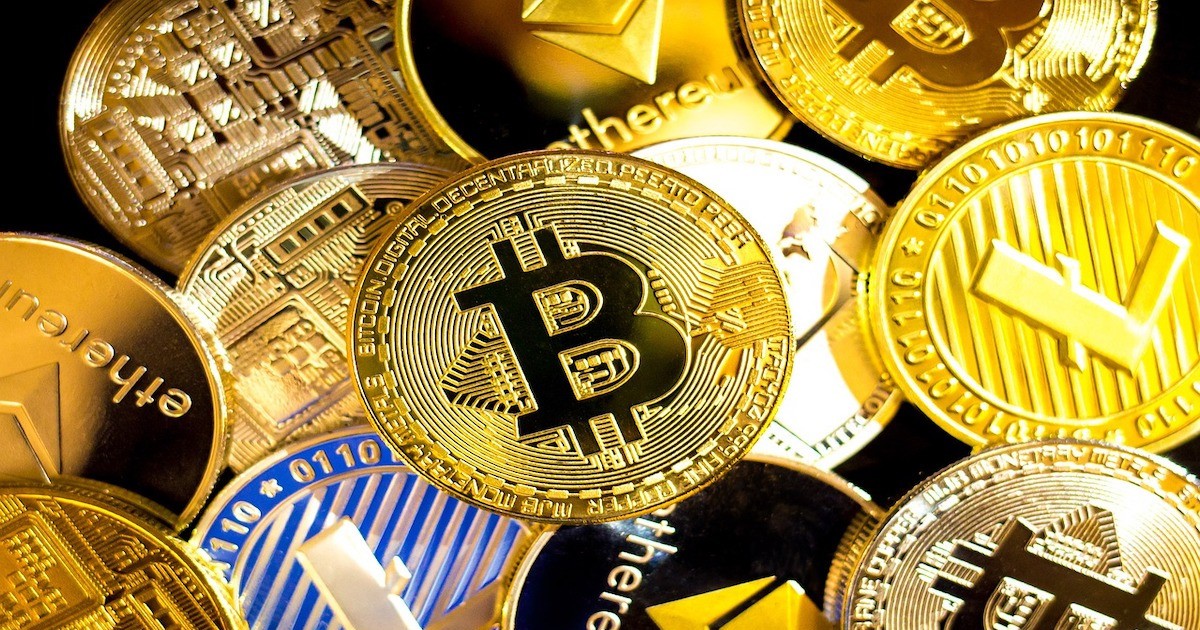
Federal Reserve Bank of Chicago economists predict low inflation and a resilient economy, a potential goldilocks scenario for risk assets, including cryptocurrencies.
Economists at the Chicago Fed argue that rate increases implemented since March 2022 have set inflation on a path to 2% while ensuring soft landing for the economy.
Further tightening may not be needed, the economists say.
A recession-free return to that level of inflation might spur risk taking in global financial markets.
Risk assets, including cryptocurrencies, seem headed for a goldilocks moment as new research from economists at the Federal Reserve Bank of Chicago suggesting the U.S. central bank has raised interest rates high enough to cut inflation to its 2% target without sparking a recession.
In the September edition of the Chicago Fed Letter, Stefania D’Amico and Thomas King say their vector autoregression (VAR) model shows the 500 basis points of rate increases implemented since March 2022 have taken a substantial toll on output, and further hikes may not be necessary to bring prices under control. The so-called tightening cycle was partly responsible for last year’s crypto market crash.
“We estimate that although the majority of the effects on output and inflation have already occurred, the policy tightening that has already been implemented will exert further restraint in the quarters ahead, amounting to downward pressure of about 3 percentage points on the level of real gross domestic product (GDP) and 2.5 percentage points on the Consumer Price Index (CPI) level,” they noted. “The abatement of inflation occurs without a recession, as real GDP growth remains in positive territory throughout the projection.”
According to the model, the headline consumer price index will probably drop below 2.3% by mid-2024, which, according to the economists, equates to a 2% inflation rate as measured by the personal consumption expenditure (PCE) price index. The Fed has long maintained that that level is consistent with its mandate for maximum employment and price stability. D’Amico and King’s model does not signal rate cuts or outright liquidity easing ahead.
A combination of sliding inflation and a relatively resilient economy would mean a so-called goldilocks scenario, which is an ideal situation for risk-taking in global financial markets. Ever since the Fed began raising rates, markets have worried that the tightening would break something in the global economy, leading to another financial crash.
The forecast from D’Amico and King comes as worries that headline CPI, which has dropped to 3% from 9% in the past 12 months, might rebound, sparked by a renewed rally in oil and food prices amid signs of a trough in prices paid in manufacturing and service sectors. That has markets concerned the Fed may hold rates elevated for longer.
Several investment banks have predicted an end of the tightening cycle while maintaining that rates are likely to stay higher for longer than previously expected.
The Fed, however, has been wary of signaling an end of the rate-hike cycle. According to the VAR model, the Fed’s persistent explicit forward guidance has made expectations a more critical influence in reducing the time for rate increases to affect inflation and the economy.
“A strong expectations channel also means a more powerful monetary policy, so the estimated effects not only occur faster, but also are bigger than typically estimated,” the letter said. “This implies that the effects that are yet to come may still be big enough to bring inflation near target reasonably quickly.”
Related
Source: Vietnam Insider
